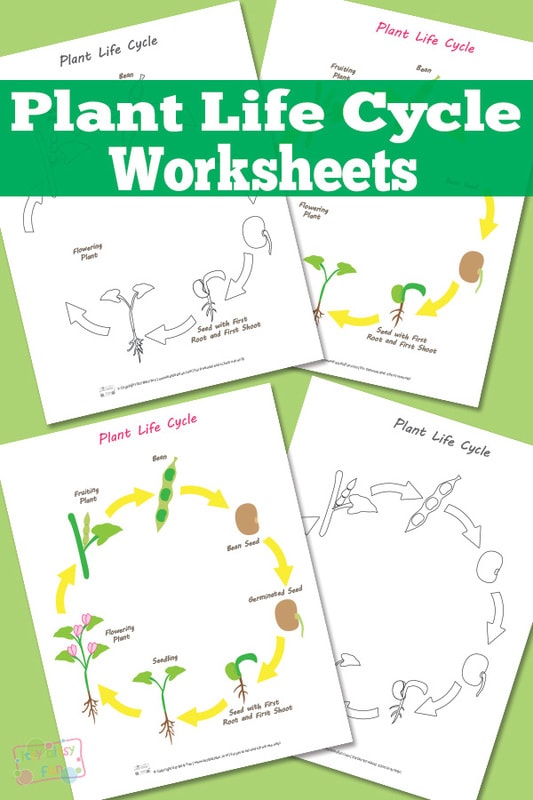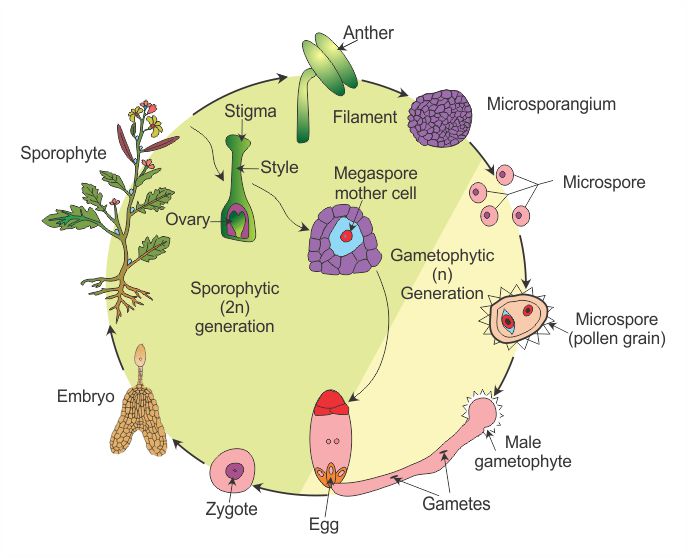

The Corpse Flower or Titan Arum is native to the rainforests of western Sumatra, Indonesia where it grows on limestone hills at low elevations, in forest openings where there is enough light and space to produce its massive leaf and inflorescence or flower-bearing structure. Being in the right place at the right time to see one of these magnificent plants in bloom can be a once-in-a-lifetime treat! Corpse Flower Lifecycle When the corm comes out of dormancy and a bud emerges, it will either develop into a flower or a new leaf it's when we see the tip of the emerging spadix that we know a bloom will occur. A plant can go for many years without flowering. A Titan Arum in bloom is as rare as it is spectacular. Nobody can predict when a Corpse Flower will bloom. Visitors capture a previous bloom at The Huntington. Currently we maintain several dozen plants of Amorphophallus titanum in greenhouses and planted in the Conservatory. Since that extraordinary event, The Huntington has shared the flowering of this rare species with the public in seven subsequent years. This rare occurrence provided an opportunity for hundreds of visitors to witness one of the wonders of the botanical world. In August of 1999, a Corpse Flower bloomed for the first time at The Huntington. Previous Pause Next Corpse Flower at The Huntington When the plant blooms, the spathe opens to reveal a velvety maroon interior and begins to emit a foul stench, earning it the nickname, " Stinky Plant." Though everyone smells something different, the scent is made up of several different compounds: primarily dimethyl trisulfide (stinky cheese or boiled cabbage) and dimethyl disulfide (garlic), but also levels of trimethylamine (rotting fish), isovaleric acid (sweaty socks), benzyl alcohol (sweet flowery scent), and indole. The purpose of the putrid stench? To attract nighttime pollinators like flesh flies, carrion beetles, and sweat bees.

The visible parts are the spadix (the fleshy upright column) and the spathe (the petal-like outer covering). For that reason, Indonesians call it Bunga Bangkai, which means “Corpse Flower.” The plant grows from a large corm, a bulb-like tuber, under the soil. When in flower, it exudes a foul stench that smells like rotting meat. At the peak of its growth, the Titan Arum can grow up to six inches a day! It is a rare tropical plant native to the equatorial rainforests of Sumatra, Indonesia. The Titan Arum, Amorphophallus titanum, has been called the world’s largest flower, with a bloom that can grow to more than eight feet in height and four feet in diameter. If pollination is successful, mature fruit will be produced about 9 months from now. If pollination is unsuccessful, the plant will return to dormancy, storing up energy for a future bloom or leaf. OFF VIEW NOW, A trio of Corpse Flowers bloomed in the month of July " Stankosaurus Rex" (the largest Corpse Flower to date at The Huntington at just under 100 inches!) bloomed onJuly 5, emitting its signature cocktail of stanky scents followed two weeks later by the blooming duo " Green Boy" and " Stinkie " (not to be confused with another famous Huntington duo, Blue Boy and Pinkie).Īfter three spectacular blooms-which typically only last about a day-all three Corpse Flowers were pollinated (check out the pollination process on Instagram with botanical curator Brandon Tam pictured below) and have now returned to the botanical nursery (off view). July 2021: A Stinky Month at The Huntington Wraps Up
#Life cycle of a rose diagram free
Included with FREE general admission ( advance reservations required). This is our first Amorphophallus titanum loan, and we're excited to reach new Stinky Plant fans with this partnership. To see the plant, visit the Center and head to the second floor near the Life! Beginnings exhibit. In advance of its bloom, The Huntington's 15th Corpse Flower traveled across the city on the morning of July 30 to stay with our friends at The California Science Center. Corpse Flower ( Amorphophallus titanum ) News: JStinky #15 Hits the Road!


 0 kommentar(er)
0 kommentar(er)
